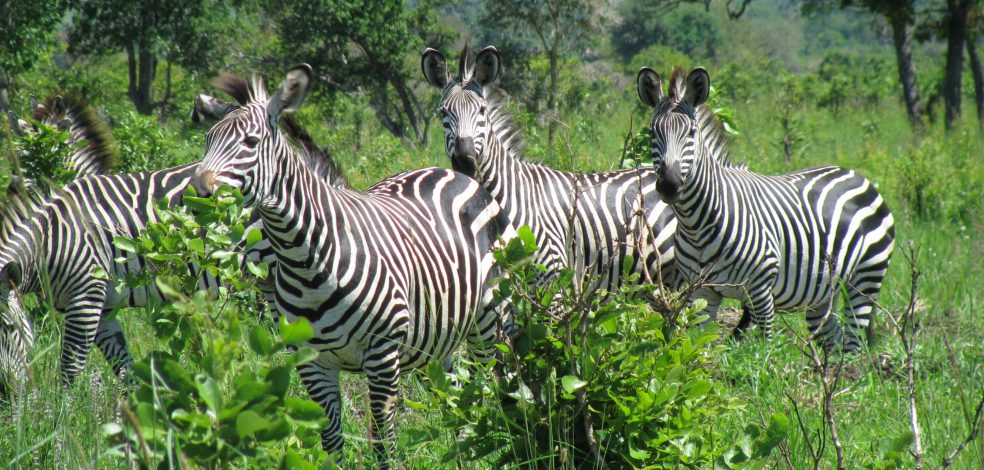If you are into wine, the Matorral of central Chile is viticulture heaven. This Mediterranean biome has very warm and dry summers and moderate, rainy winters – ideal conditions for grapes. The Matorral’s natural vegetation is a diverse sclerophyll forest composed of trees and shrubs with hard, short and often spikey leaves. Many of these trees and shrubs are endemic – found in the matorral and nowhere else, as are some of the animals that depend on the vegetation for sustenance, making this region a “biodiversity hotspot”. Humans enjoy its benign climate as well, which is why most of Chile’s population and largest cities occupy this bioregion.

Unfortunately, the demands of humans for wine and domiciles can come into conflict with the Matorral’s biological diversity. Much of the natural vegetation has already been cleared and most is privately owned, so there is little potential for setting up large preserves. As a long-time bird enthusiast, Andrés Muñoz-Sáez wondered whether even small pockets of natural vegetation could help maintain the biologically diverse bird community in the region. So he and his colleagues conducted a series of systematic surveys to see whether the presence of remnant natural vegetation in the immediate area, or the presence of a continuous forest nearby, increased bird diversity within a vineyard.

The researchers conducted 6 auditory and visual surveys for birds in 2014 at 20 vineyards that differed in the amount of surrounding natural vegetation. They repeated this process early and late in the 2015 breeding season, for a total of 360 surveys. There were three types of surveys: (1) Within the vineyard with no natural vegetation remnants within 250 meters, (2) within remnants within the vineyard, and (3) within native vegetation adjacent to the vineyard. The mean size of a remnant was 0.17 hectares. All told, the researchers recorded 5068 birds belonging to 48 species.

Both species richness (left graph below) and overall bird abundance (right graph below) were lowest in the vineyards without remnants nearby, and highest in remnants and in the surrounding matorral. Richness and abundance were very similar in remnants compared to the surrounding matorral.

From the standpoint of species composition (which species were present), bird communities in vineyards with remnants were more like those found in surrounding matorral than like those in vineyards without remnants. Perhaps most important from the standpoint of conserving biological diversity, the mean number of endemic bird species was greatest in matorral (3.02 endemic birds per survey), intermediate within remnants (1.11) and negligible within the vineyard without remnants nearby (0.03).
Muñoz-Sáez and his colleagues advocate retaining remnant native vegetation within vineyards to provide local habitat for native birds. Their surveys indicated that insectivorous birds were more than six times as likely in remnants than in vineyards far removed from remnants. From the standpoint of providing ecosystem services to humans, insectivorous birds can benefit vineyard production by removing unwanted insect pests. Given that many remnants are in less productive areas such as steep slopes, or along streams, the costs of maintaining and not developing these remnants are relatively minor, while the benefits to the viticulturist and the ecosystem can be substantial.
note: the paper that describes this research is from the journal Conservation Biology. The reference is Muñoz‐Sáez, A., Kitzes, J. and Merenlender, A.M., 2021. Bird‐friendly wine country through diversified vineyards. Conservation Biology, 35(1), pp.274-284. Thanks to the Society for Conservation Biology for allowing me to use figures from the paper. Copyright © 2021 by the Society for Conservation Biology. All rights reserved.

So there is hope that some biodiversity can survive in small patches. Thanks. chuck ________________________________________
LikeLiked by 1 person
Pingback: Bats and agroecosystem online workshop comming soon – Agroecology, Biodiversity, & Sustainability Lab